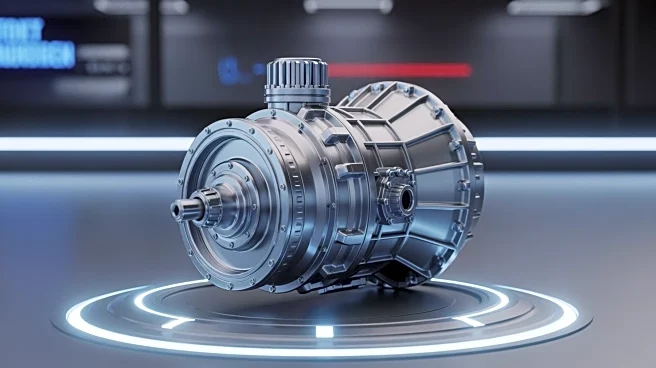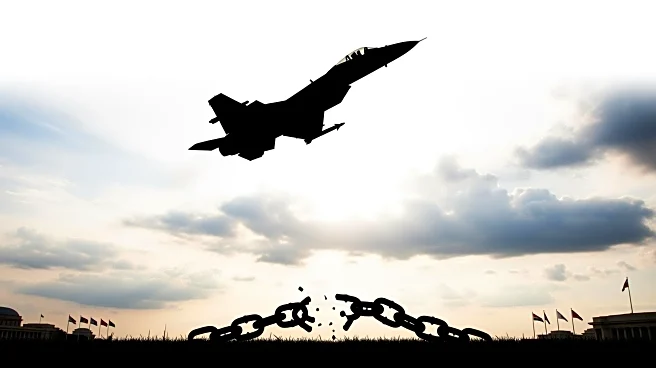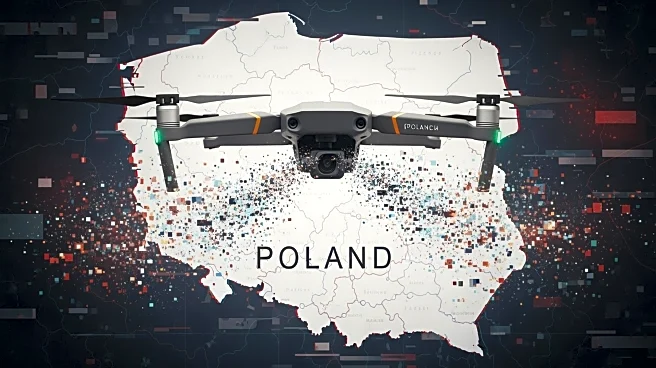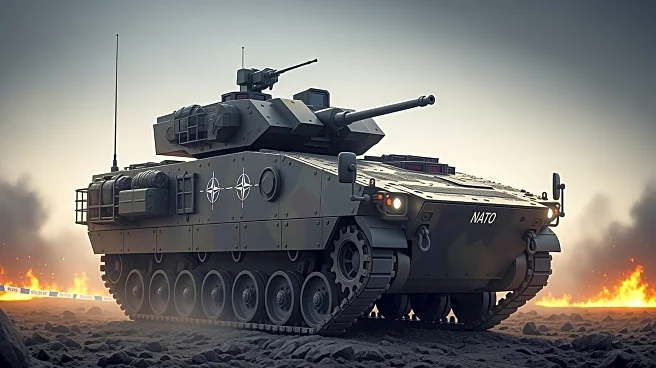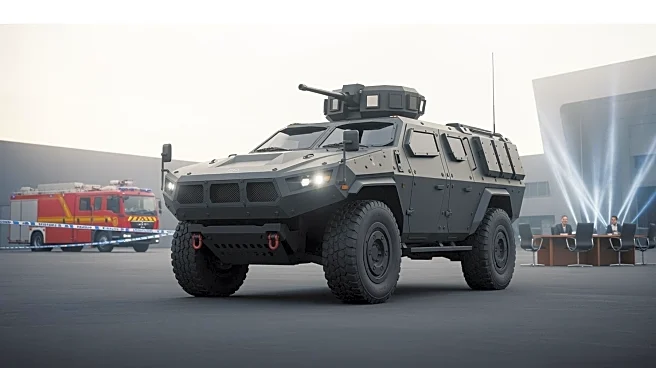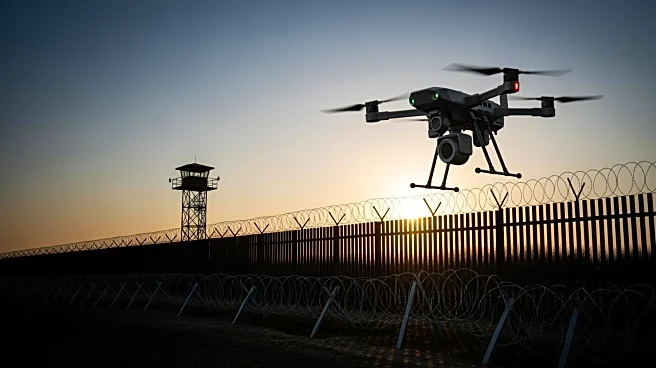What's Happening?
Renk Group, a propulsion solutions provider, has secured a contract to supply HSWL 295 transmissions for the K2 battle tank, which will be deployed in Poland. The contract is valued at over €70 million
($81 million) and involves production at Renk's facility in Augsburg, Germany. The HSWL 295 transmission is designed to deliver a maximum engine power of 1,200kW and is suitable for vehicles weighing between 50 to 70 tons. It features a power shift transmission system with five forward and five reverse speeds, a mechanical overall ratio of 6.2, and a stall torque ratio of 2.5. Additionally, the transmission includes a fully integrated brake system and an advanced steering system for enhanced maneuverability. This development is part of Poland's strategic investment in military technology, as the country strengthens its defense capabilities on NATO's eastern flank.
Why It's Important?
The contract with Renk Group underscores Poland's commitment to enhancing its military capabilities amid growing geopolitical tensions in Eastern Europe. As a key NATO member, Poland's investment in advanced military technology contributes significantly to the collective security of Europe. The country's defense budget for 2025 has been increased by $1.6 billion, reflecting its strategic importance and proactive stance in regional defense. Furthermore, the U.S. State Department's $4 billion foreign military financing loan guarantee for Poland facilitates the procurement of military equipment and advanced technologies, bolstering the Polish Army's operational readiness. This move not only strengthens Poland's defense infrastructure but also reinforces NATO's overall military posture in the region.
What's Next?
Poland's ongoing investment in military technology and defense capabilities is likely to continue, with further contracts and collaborations expected to enhance its strategic position within NATO. The successful operational exercise of Poland's WISŁA medium-range air defense system, utilizing Northrop Grumman's Integrated Battle Command System, indicates a focus on integrating advanced defense systems. As Poland continues to modernize its military, it may seek additional partnerships and procurements to ensure comprehensive defense readiness. The broader implications for NATO include increased military cooperation and preparedness in response to potential threats, particularly from neighboring regions.
Beyond the Headlines
Poland's strategic investments in defense technology may have long-term implications for regional security dynamics. As one of the largest providers of troops within NATO, Poland's enhanced military capabilities could influence the alliance's strategic decisions and defense policies. The integration of advanced technologies like the HSWL 295 transmission and the WISŁA air defense system may set a precedent for other NATO members to follow suit, potentially leading to a shift in military procurement strategies across Europe. Additionally, Poland's proactive defense posture may serve as a deterrent to potential aggressors, contributing to stability in Eastern Europe.
